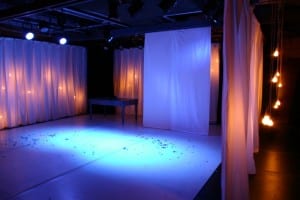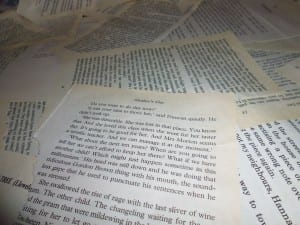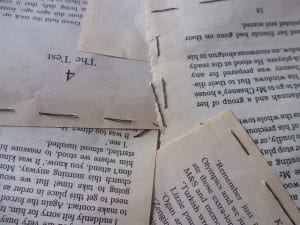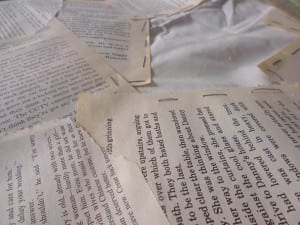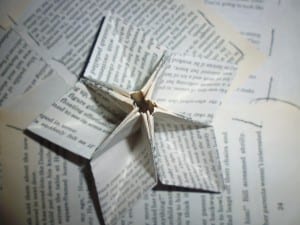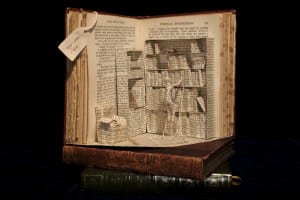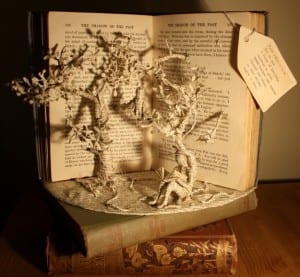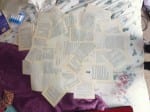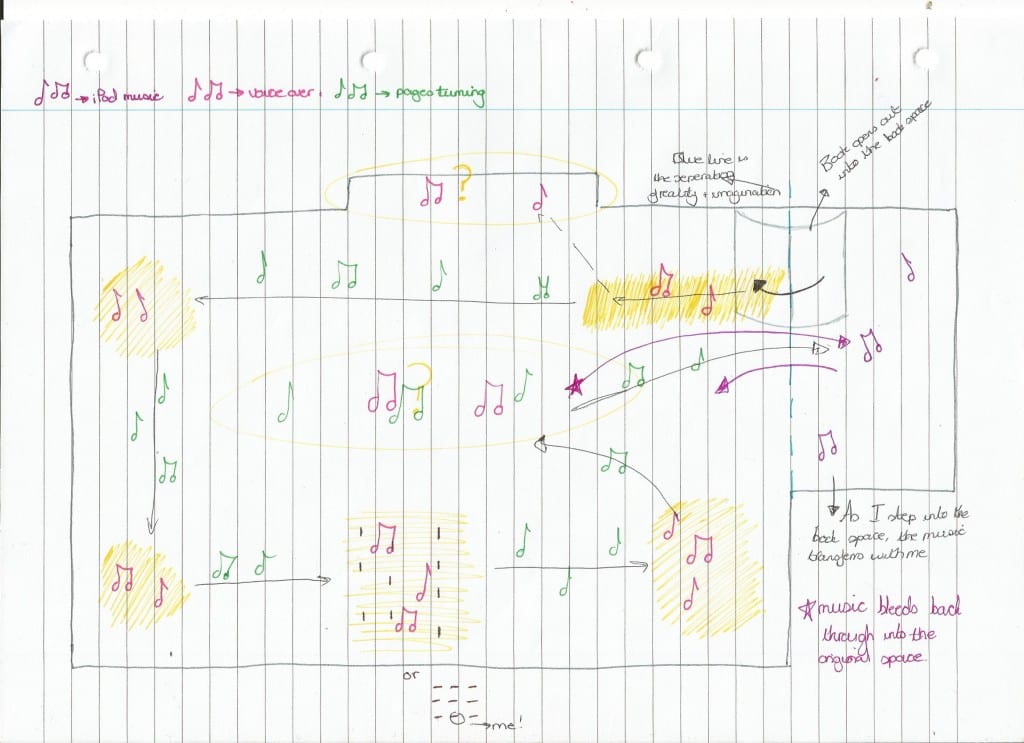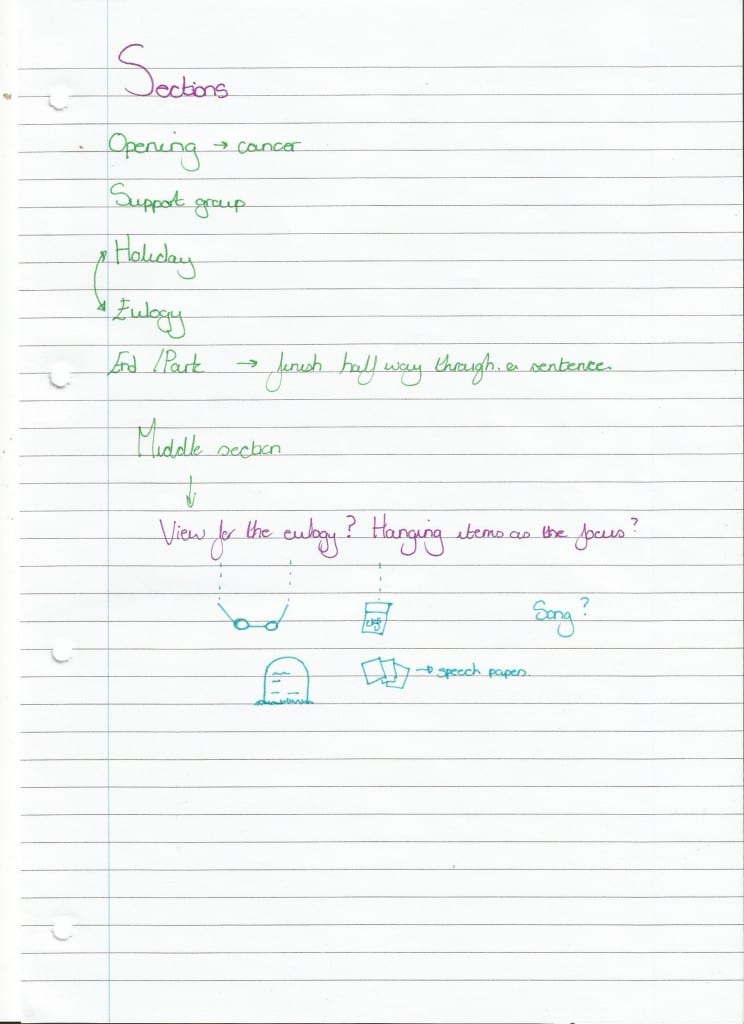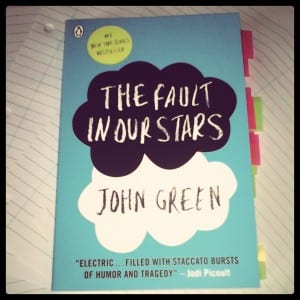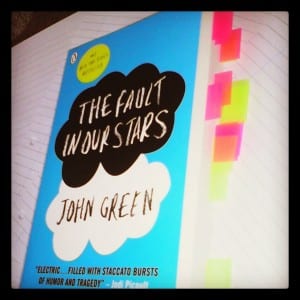Lighting this performance will be vital in creating the right atmosphere and aiding the understanding of the story. Although I am unable to find any lighting designs which are similar to those which I have envisioned in my head, I have found something which shows the kind of essence that I am aiming for;
The soft lighting used here creates a dreamlike and inviting atmosphere, one which I hope to emulate in my performance. The ‘book’ side of my performance will be lit with various coloured lights from the rig and floor lights to add to the sense of imagination. The soft edges are something which I am keen to create, however, I wish to have more separate and defined areas of light, rather than the large lighting effect shown above. The hanging lights seen in this image are similar to the stars I wish to create – although they won’t be as imposing as the ones used here – choosing rather to be lit by one light from the lighting rig, creating shadows on the floor.
These hanging light bulbs seen through the sheet create a warm and almost magical atmosphere, and using the technique of using standard lights (not those created from those found on a lighting rig, but rather ones which are found in everyday situations like light bulbs, fairy lights, lamps etc.) is something which I want to use in the space where my ‘bedroom’ would be; I want to create a natural feel to the room, so using light usually found in that space will create this rather than a spot aimed directly in the space. I will be using a desk lamp and string fairy lights to mark out the ‘real’ world, while also making it inviting by removing the intrusive lights from the rig.
The use of light will involve the audience, with ‘natural’ light surrounding the space which they will inhabit, as well more predominant artificial light creating the world of the book allowing me to explore the story on stage.

